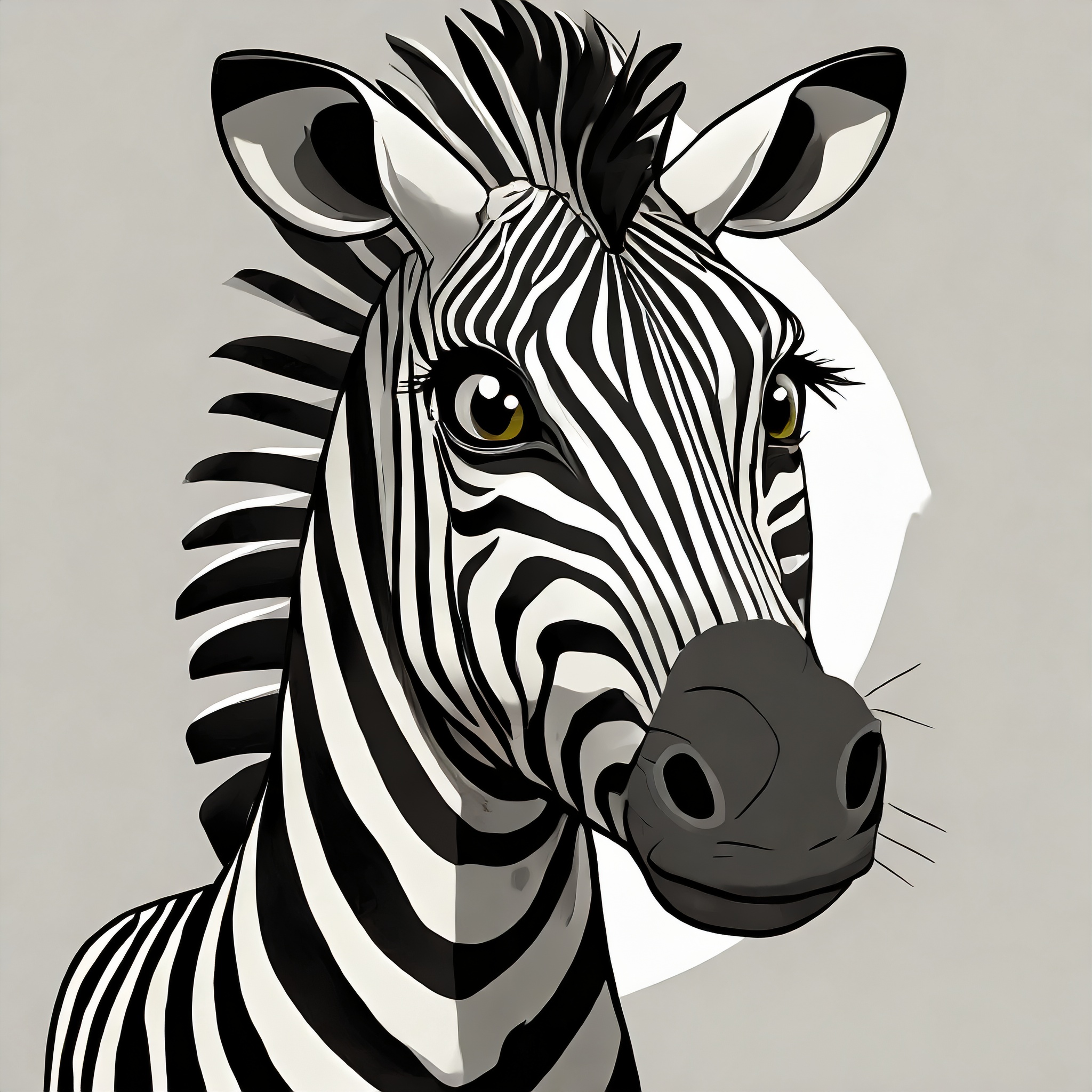
Ehlers-Danlos Syndromes

The Ehlers-Danlos syndrome (EDS) is a heterogeneous group of disorders of collagen metabolism which manifest through a wide variety of symptoms. The cardinal features include joint hypermobility, as well as skin hyperextensibility and fragility. This is a rare disease, which occurs in 1:5000 individuals. It is divided into six subtypes according to the Villefranche classification with the classical, hypermobile, and vascular types being the most common. The genetic basis for these disorders are quite diverse, and in some instances, the exact genetic mutation is unknown. Where the mutation is known, it usually involves dysfunction in either the formation or crosslinking of collagen fibrils.
As the principle manifestation of this disease is joint hypermobility, the Beighton scale is used to assess the degree of hypermobility. As patients grow older, there is a tendency for flexibility to decrease; however, for children, generally a score of at least 5 out of 9 is considered diagnostic. Another characteristic of the disease is that patients frequently complain of joint pain and are prone to injuries such as joint subluxation and torn ligaments and tendons. Cutaneous manifestations such as marked skin hyperextensibility, widened atrophic cutaneous scars, and easy bruising with skin staining due to hemosiderin deposits are also prevalent. Furthermore, subcutaneous spheroids and molluscoid pseudotumors with scars over the knees and elbows can also be seen. Due to the connective tissue abnormality, children with these disorders can experience problems with motor development, muscle weakness and proprioception. Additionally, patients may be more prone to developing functional somatic syndromes such as fibromyalgia, chronic fatigue syndrome, irritable bowel syndrome and orthostatic intolerance to name a few.
Zebra:
Symbolically the Zebra represents individuality, uniqueness, and individualism. No zebra has the same striped pattern. The zebra stripes show off their individualism inside the herd. When you have EDS, the zebra will be a part of your herd to share in your journey
1. Distinctive Stripes: Zebras are easily recognizable by their black and white stripes, which are unique to each individual. The specific pattern of stripes helps with camouflage and may also serve as a method of individual identification within a herd.
2. Three Species: There are three main species of zebras: the Plains Zebra (Equus quagga), Grevy’s Zebra (Equus grevyi), and the Mountain Zebra (Equus zebra). Each species has its own distinct characteristics and habitat preferences.
3. Habitat: Zebras are native to Africa and can be found in a variety of habitats, including grasslands, savannas, woodlands, and even mountainous regions. The specific species of zebra will dictate its preferred habitat.
4. Social Animals: Zebras are social animals that typically form groups, known as harems, consisting of a single stallion and several mares with their offspring. These groups provide protection against predators.
5. Communication: Zebras communicate through various vocalizations, including barks, whinnies, and brays. They also use facial expressions and body movements to convey information within the group.
6. Diet: Zebras are herbivores, primarily feeding on grasses. Their digestive system is adapted to extract nutrients from fibrous plant material.
7. Predator Evasion: Zebras are known for their agility and speed, making them adept at escaping predators such as lions and hyenas. Their powerful hind legs can deliver strong kicks, and they often move in a zigzag pattern to confuse predators.
8. Grevy’s Zebra Endangerment: Grevy’s Zebra, the largest and most endangered zebra species, is primarily found in northern Kenya and parts of Ethiopia. Conservation efforts are in place to protect and preserve this species, which faces threats such as habitat loss and competition with domestic livestock.
9. Gestation and Birth: The gestation period for zebras is around 12 to 13 months, and females usually give birth to a single foal. Newborn foals can stand and walk shortly after birth, allowing them to keep up with the herd.
10. Hybridization: In certain cases, zebras can interbreed with other equids, such as horses and donkeys, resulting in hybrids like the zorse (zebra + horse) or zonkey (zebra + donkey). However, such hybrids are usually sterile and are not found in the wild.
Introduction
Ehlers-Danlos Syndrome (EDS) is a group of rare inherited conditions that affect connective tissues in the body. The syndrome was first identified by two pioneering physicians, Edvard Ehlers and Henri-Alexandre Danlos, in the early 20th century. Their groundbreaking work not only laid the foundation for understanding this complex disorder but also left an indelible mark on the field of medicine.
Edvard Ehlers: A Visionary Clinician
Edvard Lauritz Ehlers was born on January 19, 1863, in Denmark. He displayed an early aptitude for the sciences and went on to study medicine at the University of Copenhagen. After completing his medical degree, Ehlers quickly gained recognition for his clinical acumen and deep empathy for patients.
Ehlers’ journey towards discovering EDS began when he noticed a peculiar pattern in some of his patients. They exhibited hypermobility, stretchy skin, and a propensity for easy bruising. Intrigued by these observations, Ehlers embarked on a tireless quest to unravel the underlying cause.
In 1900, Ehlers published a seminal paper titled “Cutis Hyperelastica” in the German medical journal “Dermatologische Zeitschrift.” This work outlined the key features of what would later be known as Ehlers-Danlos Syndrome. He described the elasticity of the skin, joint hypermobility, and the propensity for hematomas in detail.
Henri Danlos: A Master of Observation
Henri-Alexandre Danlos, born on February 5, 1844, in Paris, France, was a distinguished French physician with an astute eye for clinical nuances. His keen observations led him to identify a similar set of symptoms as Ehlers did, albeit independently.
Danlos’ meticulous documentation of cases with hypermobility, joint dislocations, and elastic skin culminated in his 1908 paper titled “Un cas de cutis laxa avec tumeurs par contusion chronique.” In this work, he presented a comprehensive clinical profile of the syndrome, which would eventually bear his name alongside Ehlers’.
Collaboration and Legacy
Though separated by geography and language, Ehlers and Danlos were united by their dedication to understanding this enigmatic syndrome. Their works, published in the early 20th century, attracted the attention of the medical community worldwide.
The collaboration between Ehlers and Danlos was mainly indirect, as they communicated through their published works and shared correspondence with other physicians of the time. Their collective efforts accelerated the recognition and understanding of EDS, laying the groundwork for future research and clinical advancements.
Ehlers-Danlos Syndrome Today
Since the initial descriptions by Ehlers and Danlos, scientific understanding of EDS has greatly expanded. It is now recognized as a spectrum of disorders, each with distinct genetic underpinnings and clinical presentations. The syndrome affects various bodily systems, including the skin, joints, blood vessels, and internal organs.
Research into EDS continues to advance, with ongoing efforts to elucidate the molecular mechanisms and improve diagnostic techniques. Additionally, treatment strategies have evolved to address the specific needs of individuals with EDS, ranging from physiotherapy to surgical interventions.
Conclusion
The collaborative efforts of Edvard Ehlers and Henri Danlos in identifying and characterizing Ehlers-Danlos Syndrome have left an enduring legacy in the field of medicine. Their astute clinical observations and meticulous documentation paved the way for understanding this complex group of disorders.
Today, their names are immortalized in the eponymous term, and their contributions continue to inspire researchers, physicians, and patients alike. The story of Ehlers and Danlos is a testament to the profound impact that dedicated individuals can have on the advancement of medical knowledge and the improvement of patient care.
Character Information:
- Name:
- Euro
- Birthday:
- March 26
- Place Of Birth:
- France
- Stuffed Animal:
- White Dove
- Favorites:
- Color: Grey (combo of the colors of the zebra stripes)
Food: Hot/Corn Dogs
School Subject: Theater
Wants to be when they grow up: Magician/Actor
- Things they like to collect and do:
- - Magic
- Going to the circus
- Juggling
- Like to collect old circus stuff
